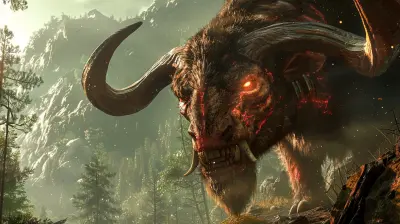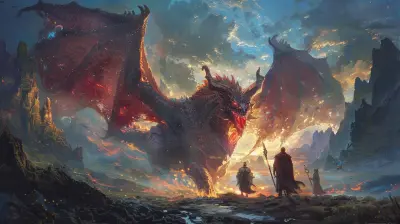Narrative vs Exploration: Striking the Balance in Open World Games
23 June 2025
Open world games have come a long way over the years. Remember the first time you played a game and thought, “Whoa, I can go anywhere?” The thrill of stepping into vast, immersive worlds is unmatched. But let’s be honest — while roaming wild and free is awesome, sometimes it’s the gripping storylines that keep us coming back. That’s where the age-old gaming debate kicks in: narrative vs exploration.
Which one really makes a better gaming experience? Or better yet, is there a way to balance the two? Let’s dive into the heart of this design puzzle, and why getting it right is so important in crafting truly unforgettable open world games.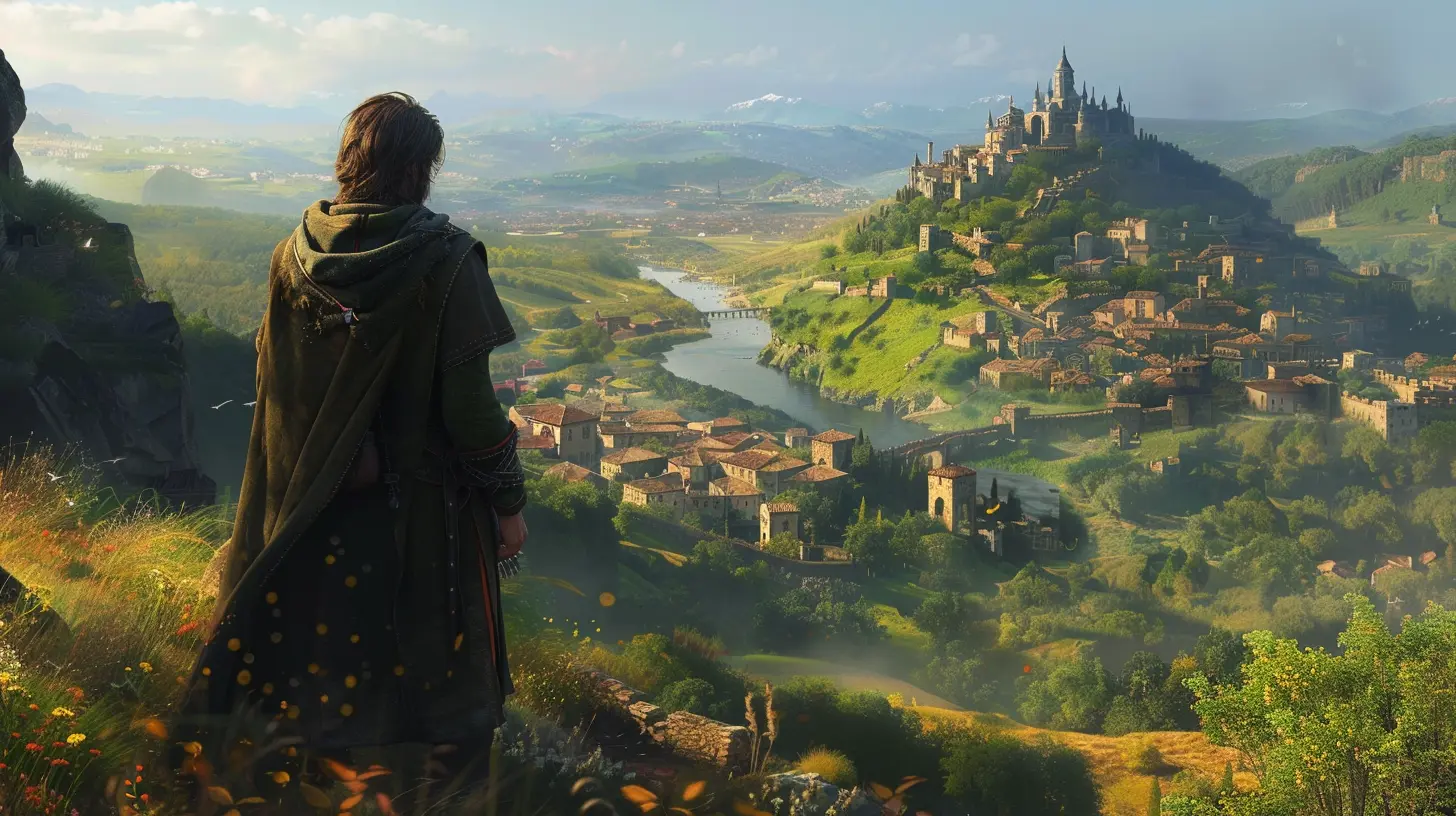
What Makes Open World Games So Addictive?
Before we cast any judgments, let’s talk about what makes open world games so dang popular in the first place.It’s the freedom, right? That feeling of agency – being able to chart your own path, ignore the main quest, and spend three hours chasing butterflies or climbing mountains. Whether it’s Skyrim, Breath of the Wild, or Elden Ring, players love getting lost in these digital sandboxes.
But here’s the plot twist — too much freedom can be paralyzing. Ever loaded up a huge map and thought, “Where the heck do I start?” That’s where a solid narrative can come in as your compass.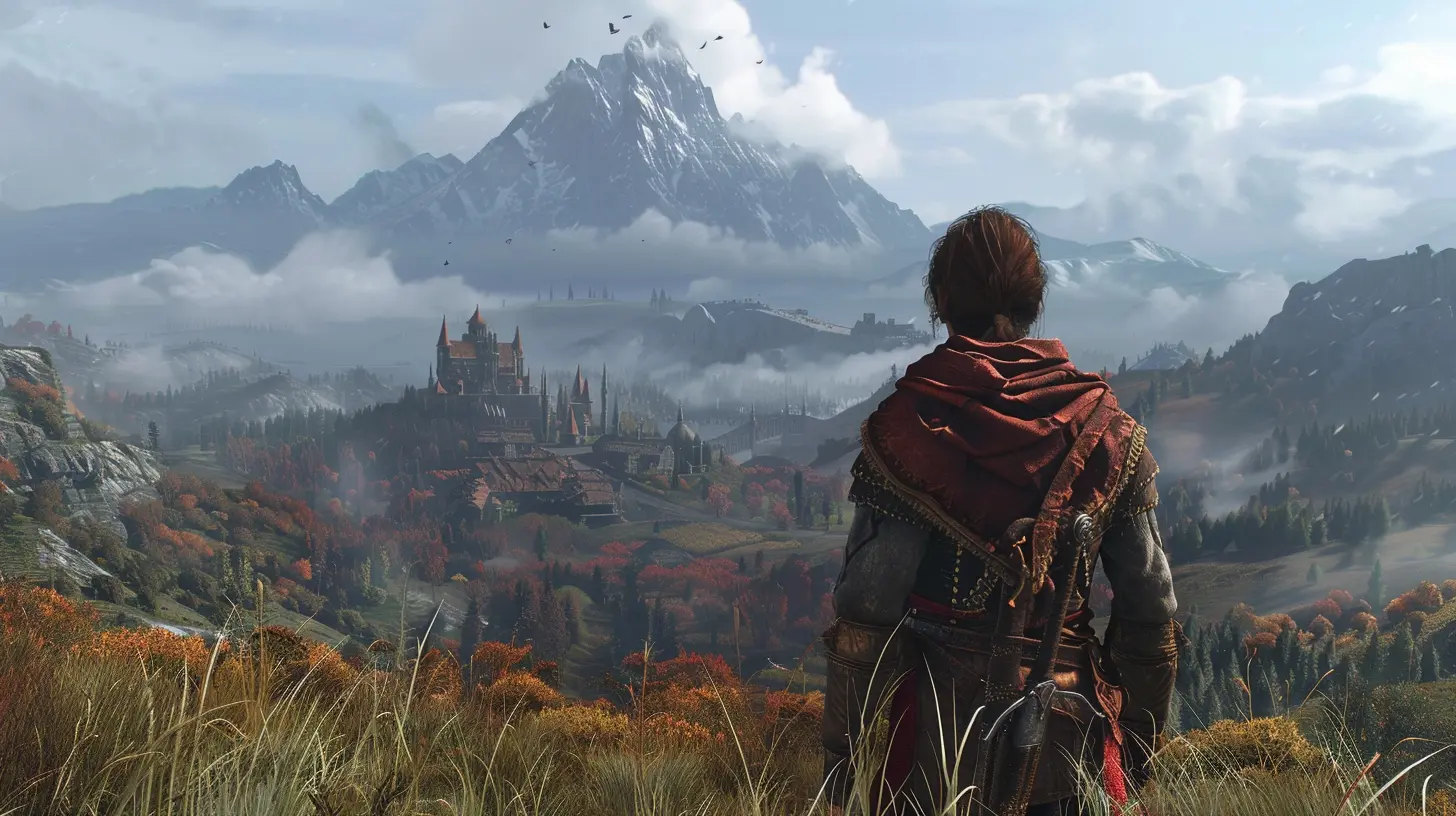
Why Narrative Matters
We humans are suckers for stories. Always have been.In games, a good narrative does more than just entertain. It fuels motivation. It answers the crucial question: why am I even doing this?
Think about The Witcher 3. Sure, there’s an enormous world to explore, but what really keeps players engaged is Geralt’s quest to find Ciri. It gives purpose to your actions. Every side quest feels like a piece of a larger puzzle.
Narrative provides:
- Emotional investment: Characters, lore, relationships.
- Structured progression: Quests that build on each other.
- Memorable moments: Those cutscenes that hit you right in the feels.
Without a narrative, an open world risks becoming a pretty — but empty — backdrop.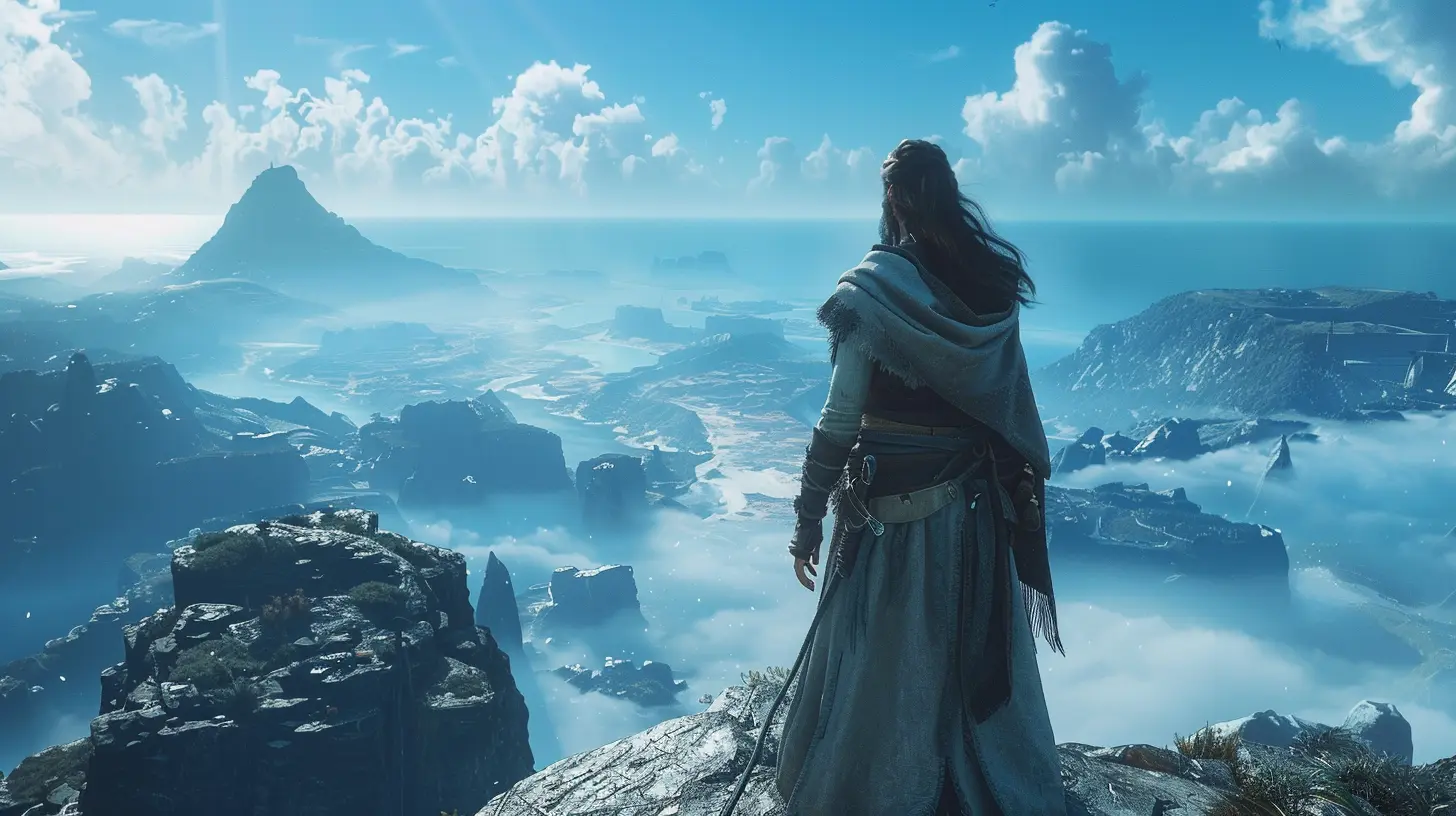
The High of Exploration
That said, there’s something magical about exploration. The joy of discovering a hidden cave, stumbling upon a secret boss, or uncovering a bit of lore tucked away in a random cabin — those moments feel personal. Like the game is whispering, “Only you found this.”Exploration gives:
- Player agency: Choose your own adventure, literally.
- Environmental storytelling: A burned-down village tells a tale without saying a word.
- Replayability: No two playthroughs are exactly the same.
Games like Breath of the Wild lean heavily into this. The story is there… if you want it. But the real meat of the game comes from roaming Hyrule, experimenting with physics, and solving puzzles in your own time.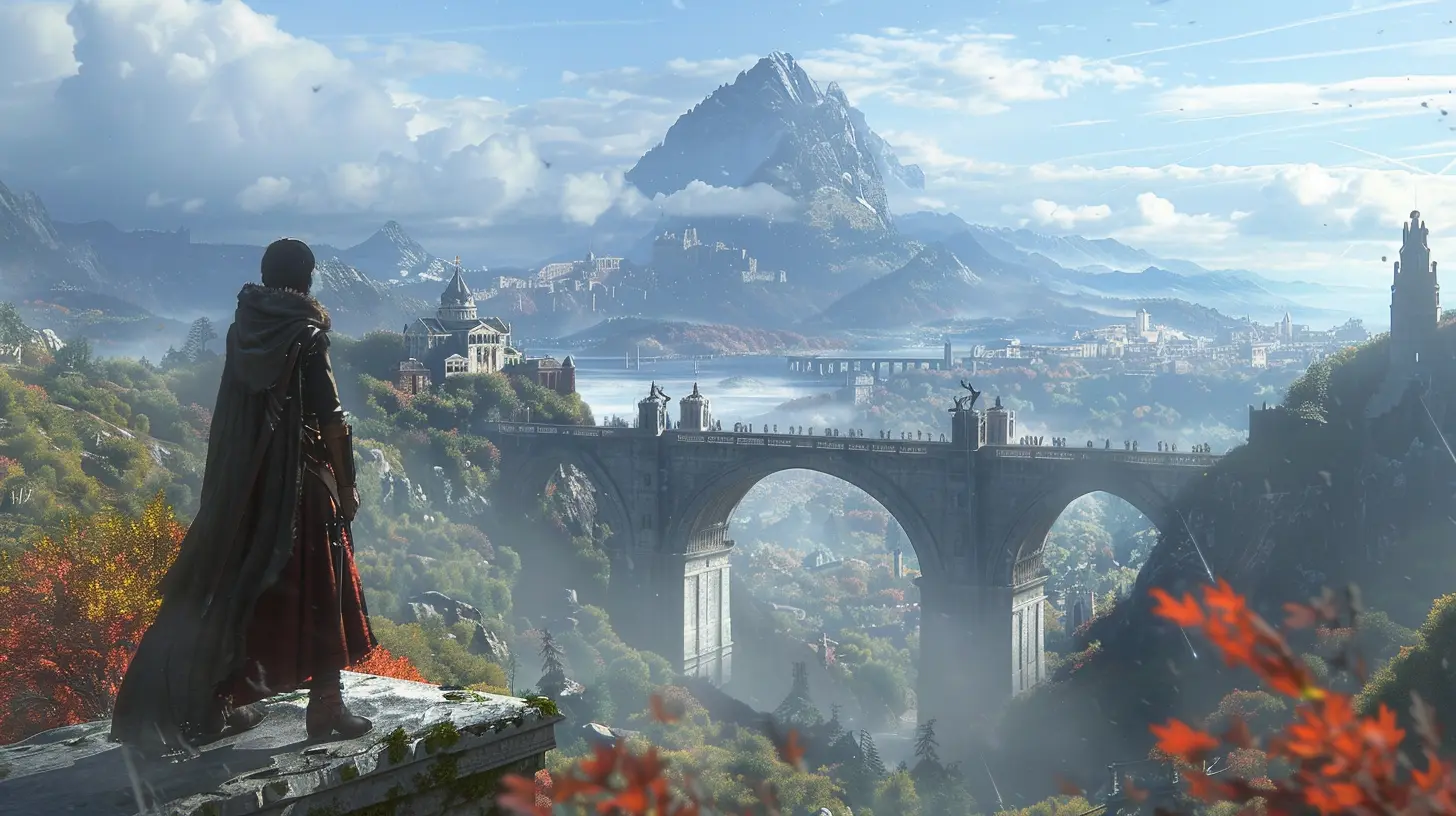
The Clash: When Freedom Breaks the Flow
Here’s the rub — too much exploration can hurt the narrative. Ever been knee-deep in a world-ending crisis and thought, “I should really find my kidnapped daughter… but first, let me fish for the next five hours”? Yeah, that’s the immersion killer.When open world freedom clashes with the urgency of the story, it creates a disconnect.
Narrative pacing suffers when the game loses its sense of time and place. Imagine watching a thriller movie where the hero suddenly takes a two-week beach vacation in the middle of the climax. It just doesn’t fit.
The Sweet Spot: Striking the Balance
So, how do developers walk the tightrope between guiding the player and letting them run wild? The answer lies in smart game design.Let’s look at some clever strategies used by top-tier open world games.
1. Environmental Breadcrumbs
Instead of slapping giant exclamation marks on the map, skilled devs plant subtle clues in the world — footprints, wreckage, a strange noise — that naturally lead you toward story content without feeling forced. Red Dead Redemption 2 nails this with environmental hints that pull you into situations without a formal quest.2. Layered Storytelling
Not every piece of the story has to be in a cutscene. Games like Elden Ring and Dark Souls weave story into item descriptions, cryptic NPC dialogue, and world design. Curious players can dig deeper, while casual ones can stick to slaying bosses.3. Soft Barriers and Gating
You know how Pokémon won’t let you cross the bridge until you get the badge? That’s hard gating. But modern games use soft barriers — like tough enemies or environmental hazards — to gently push you toward specific areas when the time’s right. This keeps the story flowing without making the world feel closed off.4. Dynamic World Changes
Want your choices to matter? Have the world change based on your progress. The Witcher 3 and Horizon Zero Dawn do this brilliantly. Towns react, NPCs remember your deeds, and regions evolve depending on your decisions. It makes exploration and narrative feel interwoven, not separate.Case Studies: How Top Games Handle It
The Witcher 3: Narrative First, Exploration Second
CD Projekt Red managed to blend a deep tale with tons of optional exploration. While the main story is a rollercoaster of emotional highs and lows, the side quests don’t feel like fluff. They have emotional weight and tie back to the bigger narrative themes.Breath of the Wild: Exploration Is the Star
Nintendo flipped the formula. The main story in BOTW is minimal, and a lot of it is told through environmental discovery and optional memories. It’s perfect for players who value freedom and puzzle-solving over traditional plotlines.Red Dead Redemption 2: Cinematic Narrative Meets Living World
RDR2 strikes an almost perfect balance. The narrative is rich, character-driven, and emotional — but the player is allowed to meander, hunt, camp, and discover side stories without derailing the main arc (unless, of course, you really try to ignore the story for too long).Elden Ring: Lore and Freedom Galore
Elden Ring took open world storytelling to the next level. It handed players a massive map, zero hand-holding, and just enough lore to get curious. The narrative is there — but it’s buried, layered, and ignites a sense of discovery that most games don’t even attempt.The Player’s Role: You’re the Director
Here’s the wild part — in open world games, the player becomes part of the storytelling team.You decide what to do first, which paths to follow, what memories to create. It’s like being handed a suitcase full of LEGO pieces — you can build what’s on the box, or go rogue and make a dragon-shaped spaceship. That choice? That’s power.
But with that power comes responsibility. If you ignore the main story for 30 hours, don’t blame the game when you forget what’s going on. Balance is as much about player discipline as it is developer design.
The Future: Where Are We Headed?
As tech evolves, we’re going to see even more dynamic worlds. Think:- Procedural storytelling: Where side quests adapt based on your actions.
- AI-driven NPCs: Characters that remember your behavior and evolve over time.
- Fully reactive environments: Where exploration actively changes the narrative.
Game studios are learning that giving players too much freedom without context is just digital chaos. But holding their hand too tightly? That kills the adventure. The sweet spot lies in mutual respect — freedom with guidance, direction with flexibility.
So, Who Wins: Narrative or Exploration?
Here’s the twist ending you didn’t see coming — it’s not about choosing one over the other. It’s about harmony.Open world games shine brightest when they make you care about the story and want to go off the beaten path. When the world feels alive, not just with things to do, but with meaning behind them.
It’s like seasoning food — too much salt, and you ruin the dish. But the right balance? Chef’s kiss.
So next time you fire up an open world game, ask yourself: am I here for the story, the journey, or both? Because when done right, you won’t have to choose.
Final Thoughts
Balancing narrative and exploration isn’t just a design challenge — it’s a love letter to players. Games that nail it give us choice without chaos and story without rails. They invite us into worlds where purpose and freedom coexist.And honestly? That’s the magic that keeps us coming back, controller in hand, ready to write our next digital legend.
all images in this post were generated using AI tools
Category:
Open World GamesAuthor:

Leif Coleman
Discussion
rate this article
2 comments
Miranda Patel
“Why choose between narrative and exploration when you can have both? Open world games are like a buffet—don’t settle for just the boring mashed potatoes when there’s a feast waiting!”
October 17, 2025 at 4:28 AM

Leif Coleman
Absolutely! The beauty of open world games lies in their ability to combine rich narratives with expansive exploration, offering players a diverse and fulfilling experience. Why settle for one when you can enjoy both?
Vesperos Underwood
This article insightful highlights the delicate balance between narrative depth and exploratory freedom in open world games. By intertwining compelling storylines with vast, immersive environments, developers can enhance player engagement, fostering a richer gaming experience that encourages both discovery and emotional investment in the game's world.
July 10, 2025 at 5:07 AM

Leif Coleman
Thank you for your thoughtful comment! I’m glad you found the article insightful; striking that balance is indeed crucial for enhancing player engagement in open-world games.
